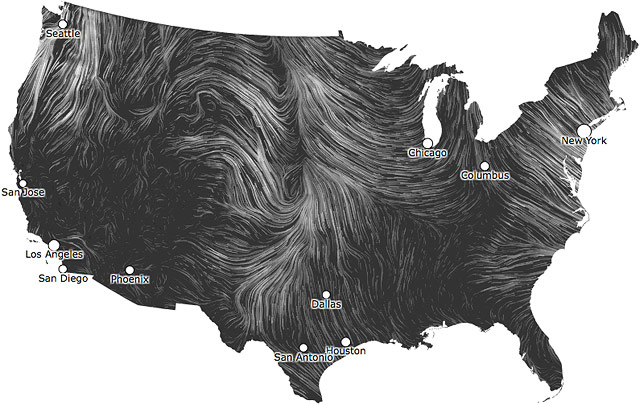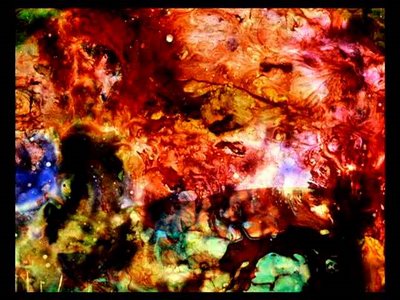The first image shows the seasonal change of the field, from winter to now. I took the pictures in the moving cars to create the feeling of motion and focus on the ground line to connect all the pictures from different time and places.
The second image focuses on the industrial complex, it shows the views when you walking to the complex in long distance to short distance, which shows the view of the buildings from small to large. I edit the pictures in Photoshop to change the original size of the existing elements, like the grass, poles and chimney stack to make it pop out. This broken gaps in non-linear movement, differentiates the perspectives and emphasize the details of the site.
The idea of the last image shows the relationship between the abandoned steel structure and weed. From left to right shows the view from outside of the structure to inside, i learned the skill from Stan Brakhage’s work, to create episodic timing, broken gaps in non-linear movement, focusing on details of texture, surrounding plants and then pulling back to create emptyness in this work.

















